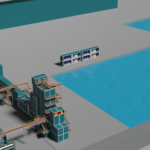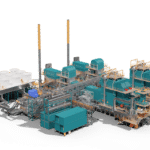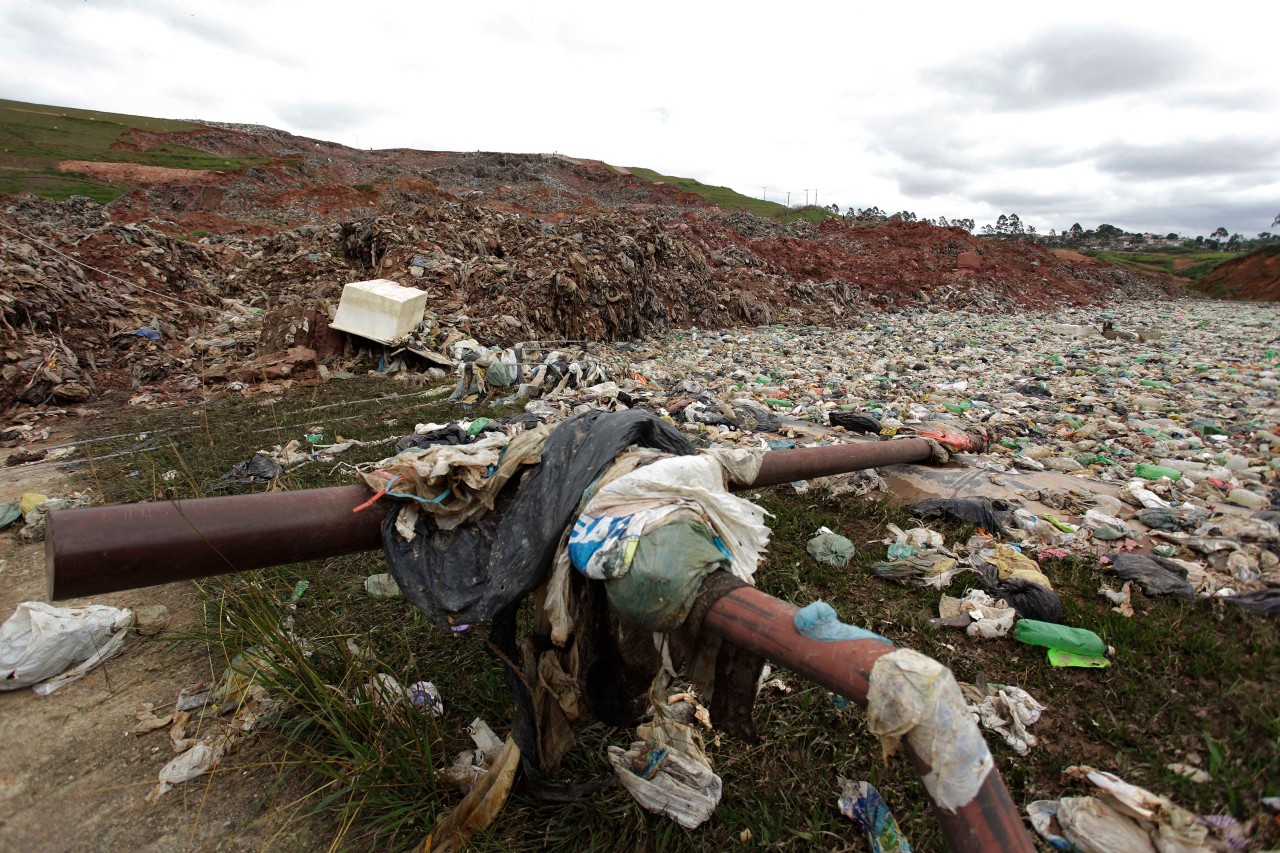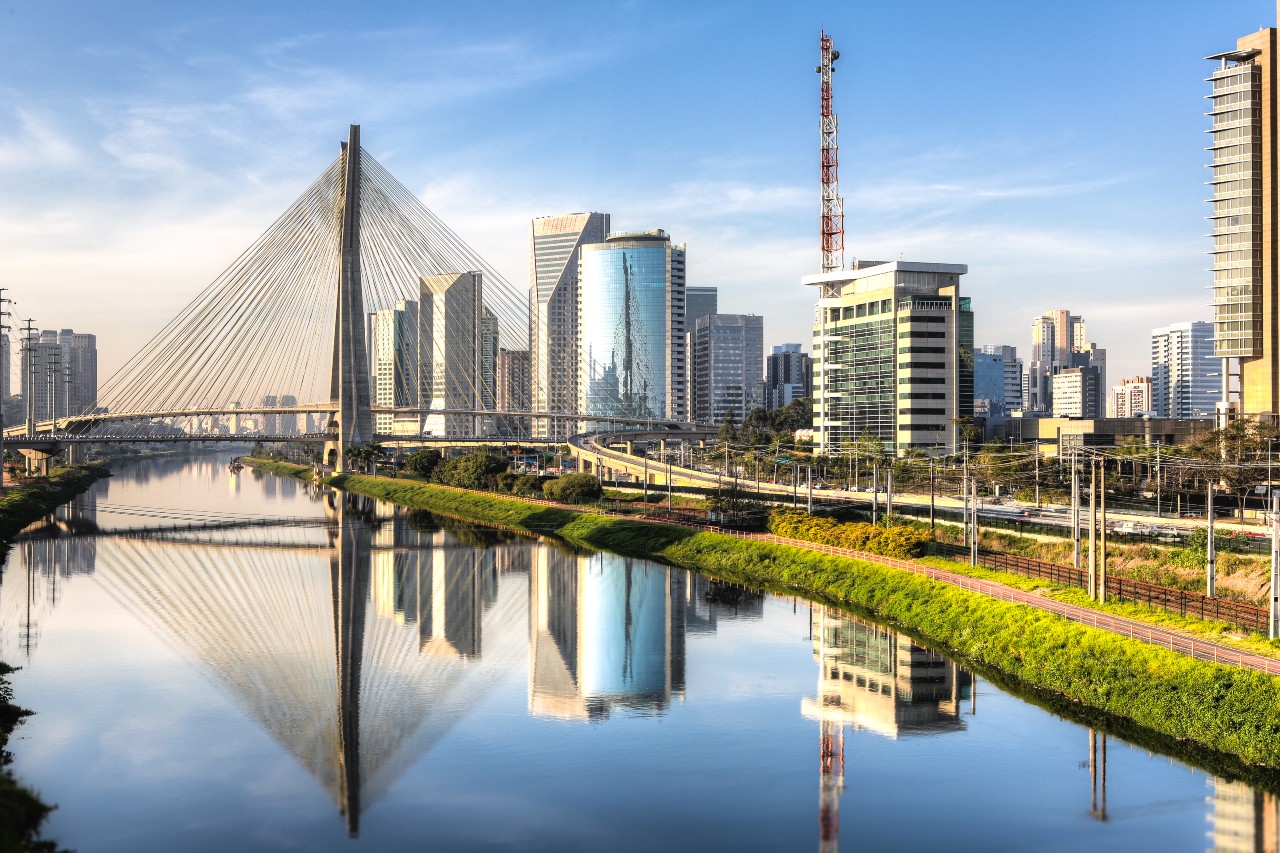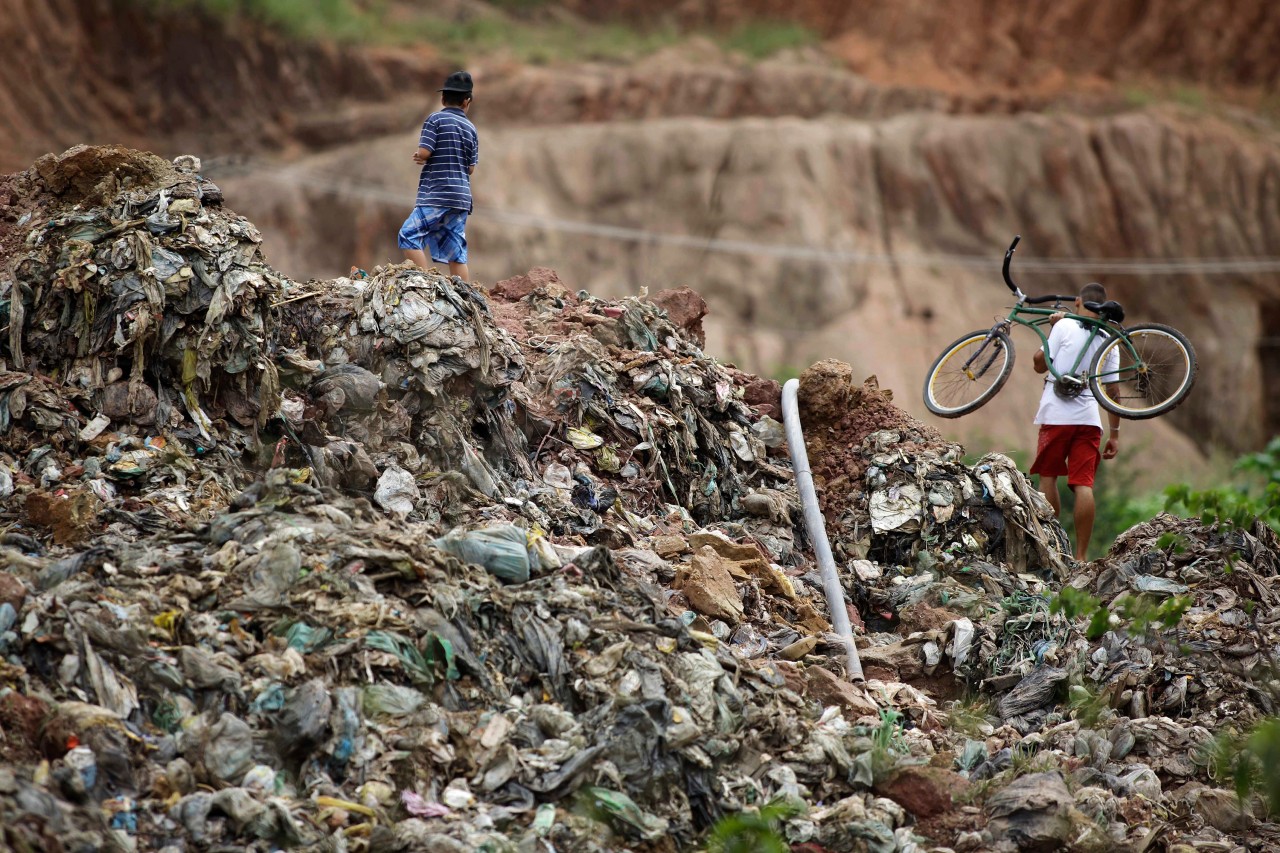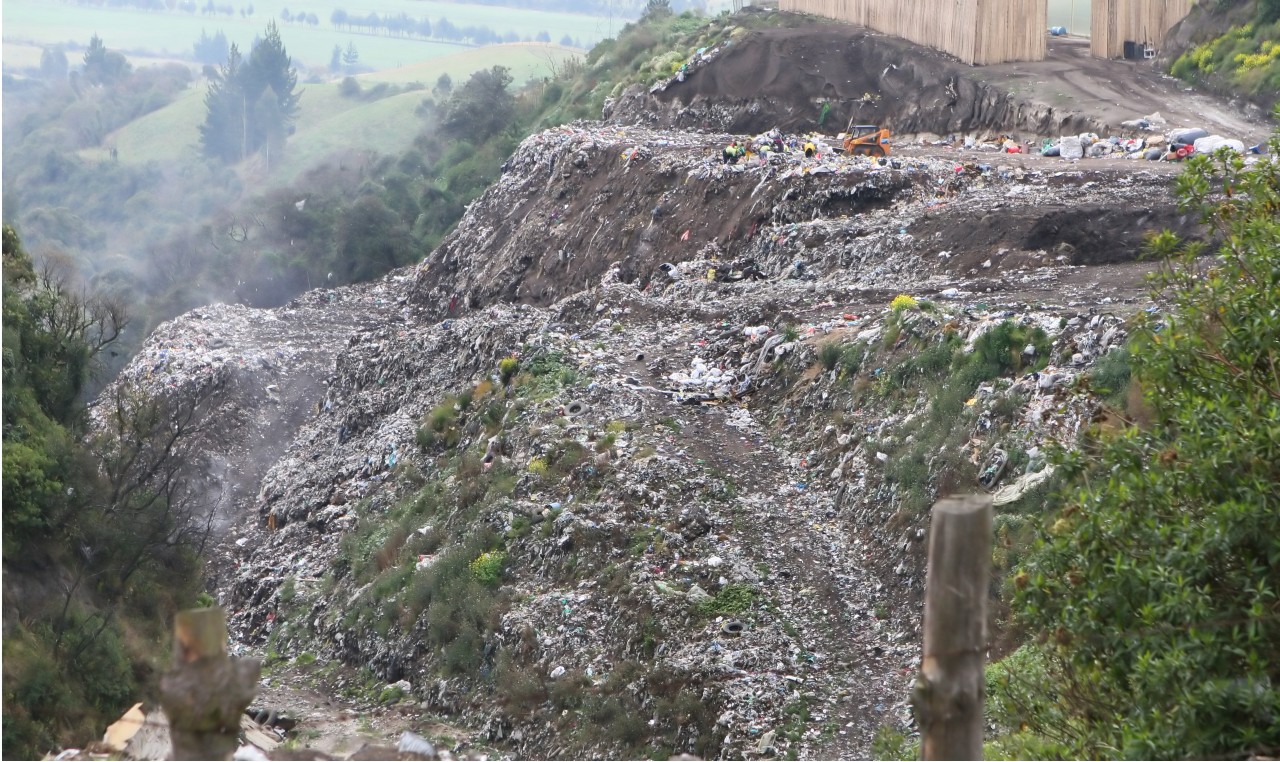São Paulo is a municipality in the Southeast Region of Brazil. The metropolis, with 12.5 million inhabitants, is the most populous city in Brazil, the Western Hemisphere and the Southern Hemisphere, besides being the largest Portuguese-speaking city in the world. The municipality is also the Earth’s 11th largest city by population. The city is the capital of the surrounding state of São Paulo, one of the most populous and wealthiest states in Brazil. It exerts strong international influences in commerce, finance, arts and entertainment. The Greater São Paulo, or the São Paulo Macrometropolis, has more than 30 million inhabitants, one of the most populous urban agglomerations in the world.
The Portuguese village of São Paulo dos Campos de Piratininga was marked by the founding of the Colégio de São Paulo de Piratininga on January 25, 1554. For the next two centuries, São Paulo developed as a poor and isolated village that survived largely through the cultivation of subsistence crops by the labor of natives. The discovery of gold in the region of Minas Gerais, in the 1690s, brought attention and new settlers to São Paulo. After Brazil became independent from Portugal in 1822, the expansion of coffee production was a major factor in the growth of São Paulo. Industrialization was the economic cycle that followed the coffee plantation model. Today, São Paulo’s main economic activities derive from the services industry – factories are since long gone, and in came financial services institutions, law firms, consulting firms. São Paulo is a cosmopolitan, melting pot city, home to the largest Arab, Italian, and Japanese diasporas. In 2016, inhabitants of the city were native to over 200 different countries.
Brazil generates close to 90 million tons of MSW annually, i.e. 250,000 tons per day. Annual MSW generation per capita is approximately 400 kg, which is lower than typically found in upper middle-income countries (approximately 440 kg according to World Bank). Due the strong correlation between MSW generation and income level, MSW generation per capita can be expected to increase significantly over the following years.
São Paulo state is the world’s largest MSW generator at a regional level, generating approximately 60,000 tpd, of which 15,000 tons are generated in the city itself. Over 90% of MSW generated in São Paulo is under the formal MSW management system. In addition to the formal system, individual pickers and picker organizations collect recyclables informally. Formally collected MSW is disposed of in the city’s two sanitary landfills. In addition, São Paulo has two mechanical sorting plants for separately collected recyclables such as plastic, paper, cardboard, metal and glass. Formally collected recyclables constitute, however, only a minor proportion of total MSW generated; approximately 1%, 50 000 tons/a.
On the positive side, São Paulo is now the home to one of the largest landfill gas -powered power plants in the world. The waste was formerly taken to two of the largest landfills in the world: Bandeirantes landfill, located in the northern zone, and Sao Joao landfill, located in the eastern zone of the city. Each of them had a maximum capacity of approximately 25 million tons and have been disabled and covered after reaching this limit in 2005 and 2007, respectively. Methane from the landfills used to account for 23% of all the CO2 equivalent emissions in the city. Now it is used in the 30MW power plant to generate more than 175,000 MWh/a, the equivalent to 7% of the electricity consumed in the city. Thus far, it has prevented the emission of approximately 11 million tons of eqCO2, which equals to the emissions of more than 2 million gasoline-fueled vehicles.
WOIMA has the perfect solution to help São Paulo, as well as other major cities in Brazil, to reduce the waste-induced challenges.
We have developed a decentralized waste management and power generation solution named “WOIMA Ecosystem” that helps countries and cities to cope with the increasing waste challenges that they are facing.
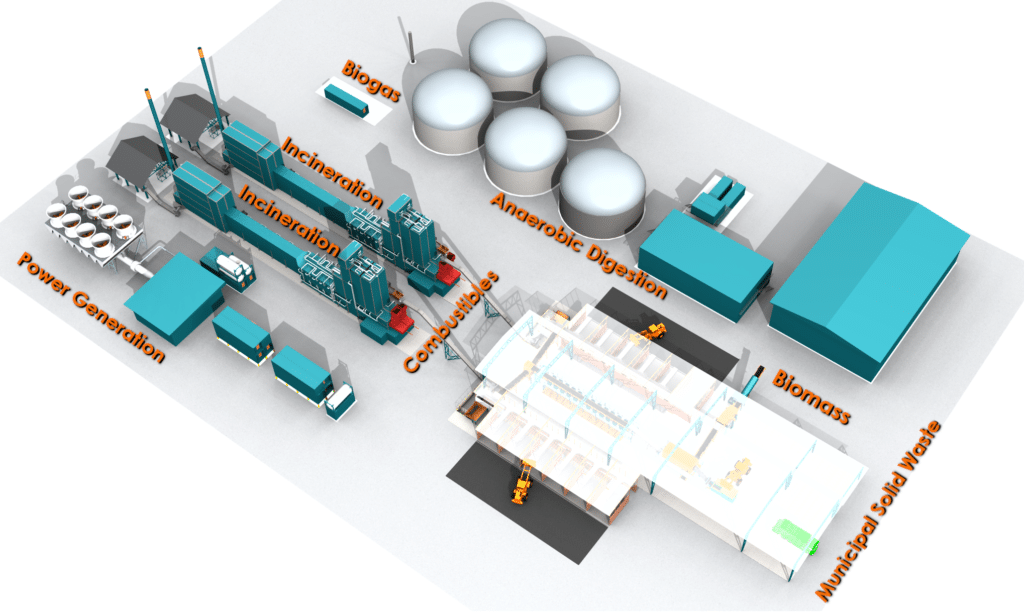
WOIMA Ecosystem recycles the waste into raw materials and energy in the most efficient manner reducing the waste quantity by over 95%. The small-to-medium size WOIMA Ecosystems are distributed close to where the waste is generated, thus offering significant waste logistics and power distribution savings in addition to solving the waste problem.
Read more: Woima decentralized W2E power generation – case study Nairobi Kenya
Contact WOIMA, if you see yourself as collaboration partner in saving the planet. Ask more about turning waste into wellbeing with WOIMA Circular Economy Solutions.

